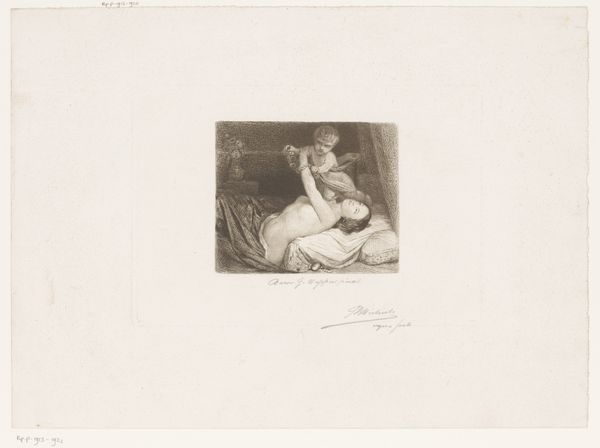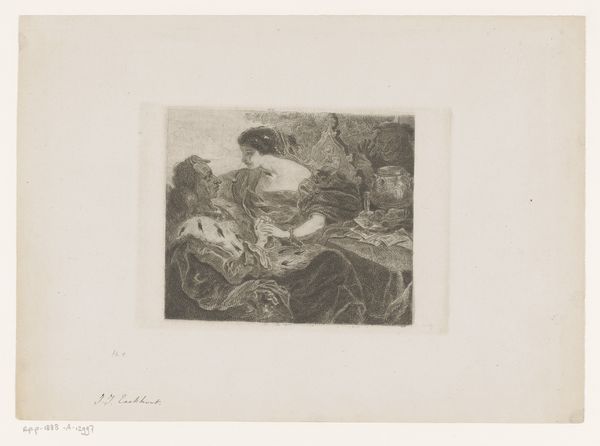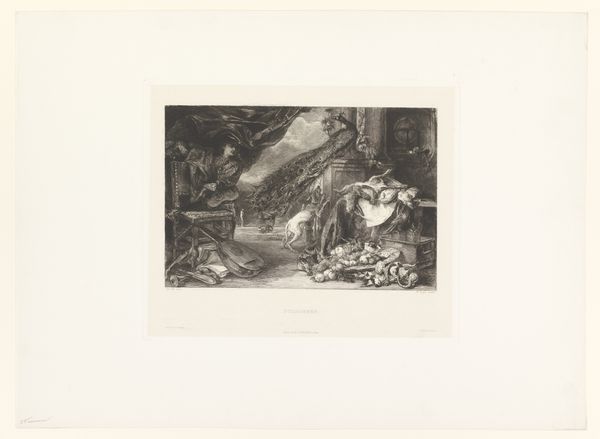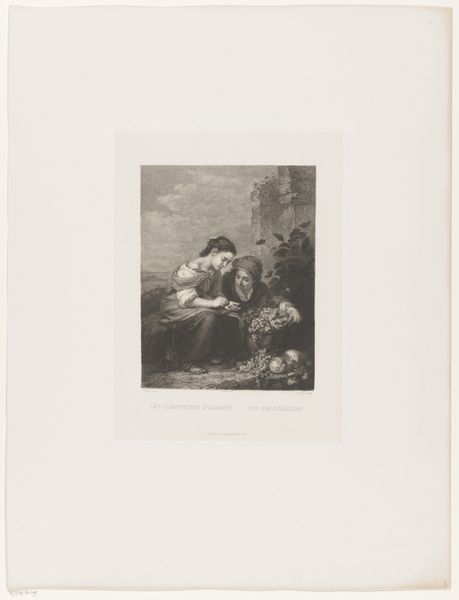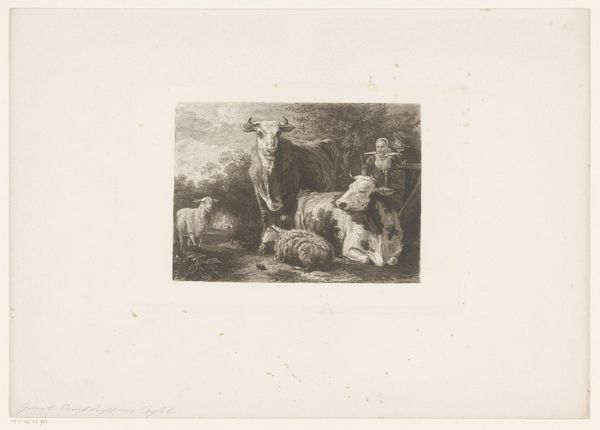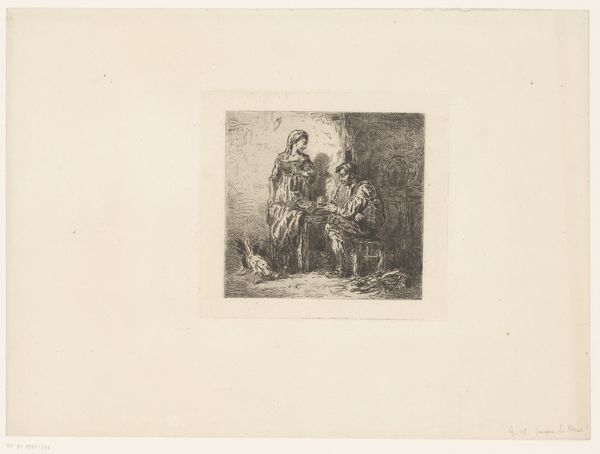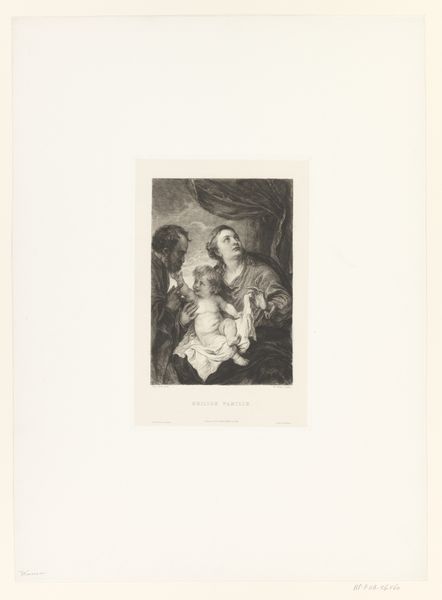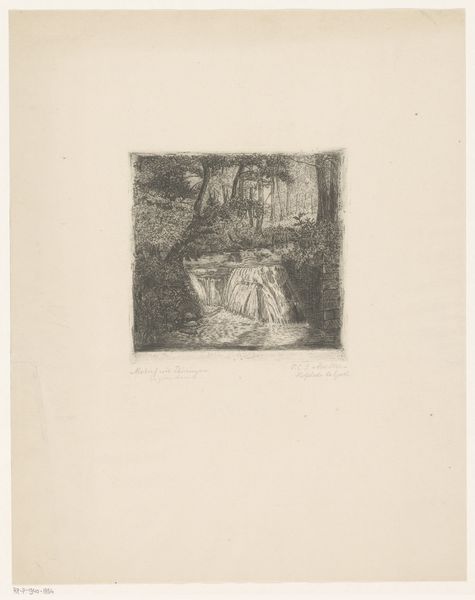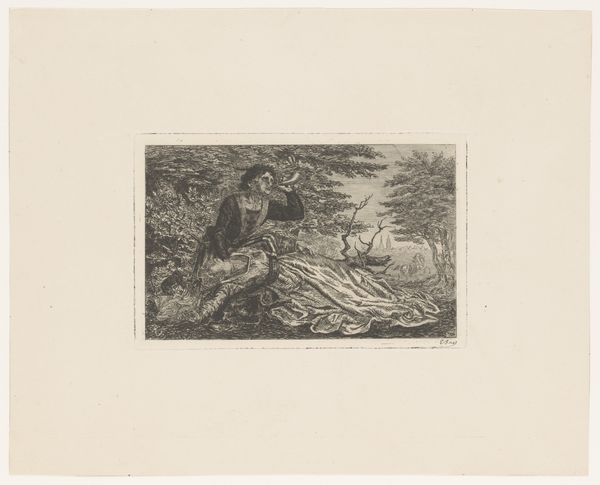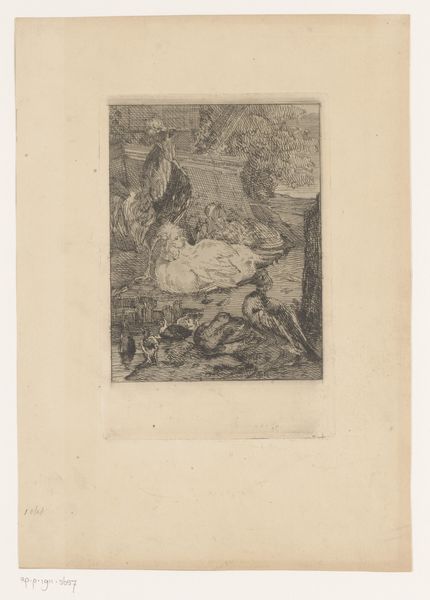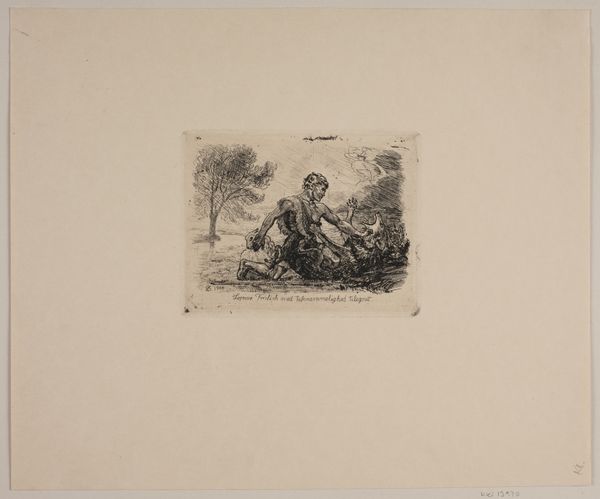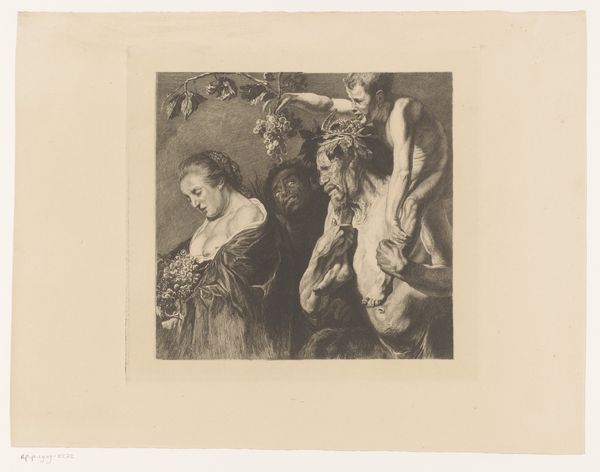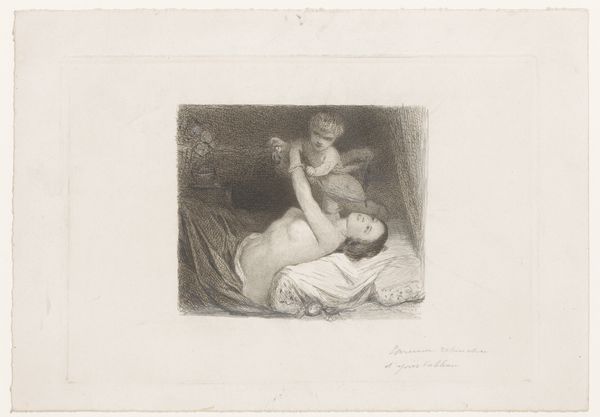
drawing, print, etching, paper, ink
#
portrait
#
pencil drawn
#
drawing
#
light pencil work
# print
#
etching
#
pencil sketch
#
paper
#
ink
#
orientalism
#
genre-painting
#
nude
Dimensions: height 237 mm, width 288 mm
Copyright: Rijks Museum: Open Domain
Curator: This etching from 1872, attributed to Léopold Flameng, is entitled "Interieur van een harem" – or, "Interior of a Harem." It depicts, well, just that. What strikes you about it? Editor: It feels…stifling. Despite the opulent setting, the details seem etched in constraint. Even the figure reclining seems burdened, not relaxed. Curator: The choice of the harem as subject is interesting in itself, isn't it? The word 'harem' comes from the Arabic 'harim,' meaning forbidden or sacred space. Within the Orientalist tradition, it frequently appears as a symbol. Editor: Precisely. And it’s crucial to contextualize this image within that history of Orientalism, where Western artists depicted the East through a lens of fantasy and often misrepresentation, catering to colonial desires and power dynamics. Curator: Indeed. The visual vocabulary is full of recurring elements. We have the odalisque—the reclining figure, an enduring motif from Ingres to Matisse. These symbols become cultural shorthand, and here they carry with them notions of the exotic and the subjugated. What echoes or connections might resonate? Editor: Looking closer, one might note that the work does not reveal any connection with women's desires and is therefore very much about what is projected into that space from the outside, the masculine gaze dominating. There's also an objectification here that's impossible to ignore. Curator: Yet, there’s a curious flatness, almost like a stage set. A potent emblem, charged with centuries of artistic imagining. A stage onto which fantasies of control and Otherness play out. Editor: It’s a dark echo chamber for the projections of a dominant culture, even now when viewing it and acknowledging our own implicit involvement with these themes. The legacy lingers, and confronting this work feels like excavating uncomfortable truths. Curator: Truths visualized in shadow and carefully delineated lines of inquiry, just as Flameng visualized them back then. Thank you for sharing such perspectives today. Editor: And thank you for delving into its layered symbolism with me; together we unearth something powerful.
Comments
No comments
Be the first to comment and join the conversation on the ultimate creative platform.
